Wealthy Reserves in Natural Heritage
Senior Librarian Sara Pek shares about “A Decade of Biodiversity Conservation and Discoveries in Singapore”, an exhibition marking Singapore’s commitment to biodiversity conservation.
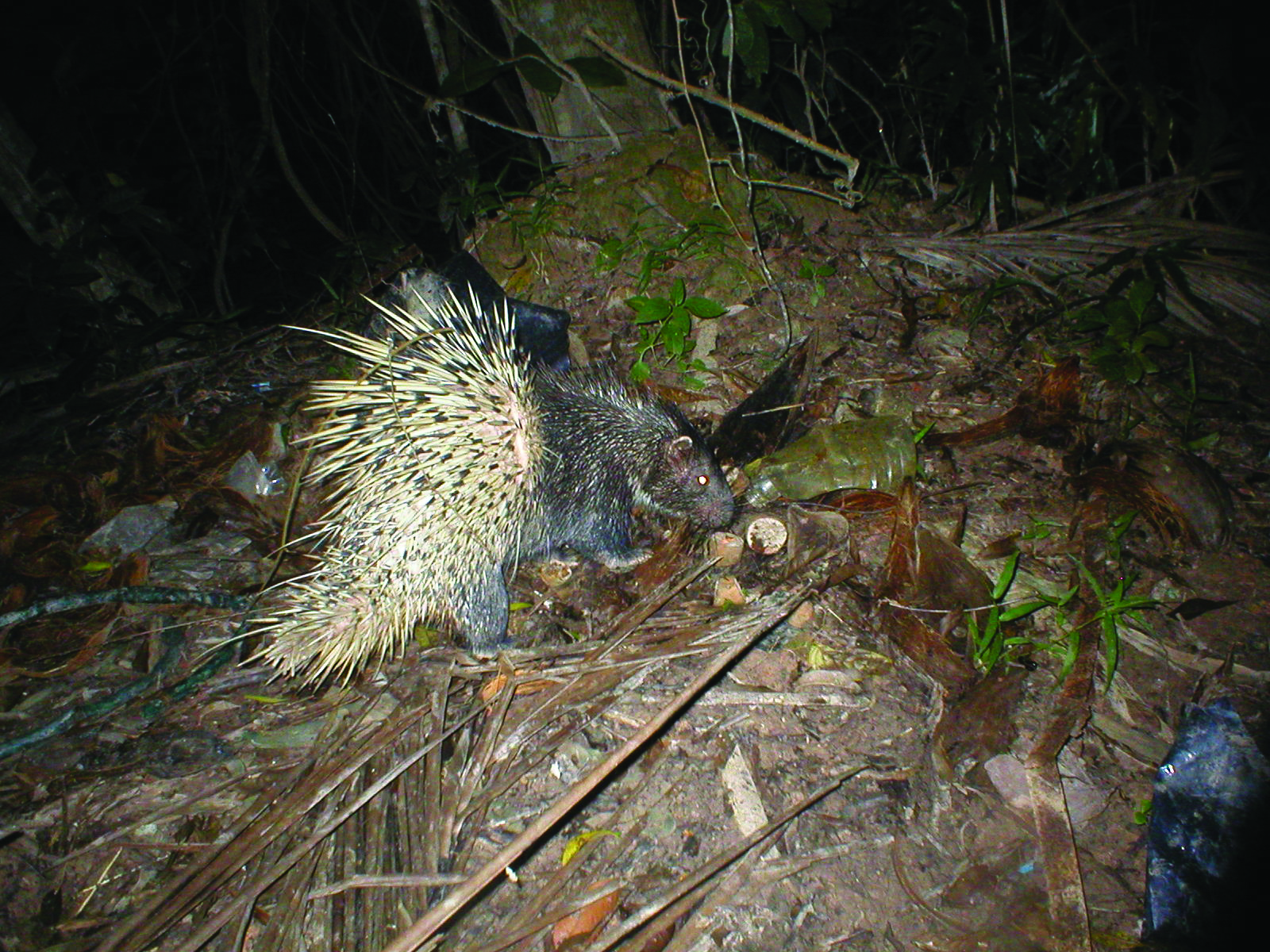
Singapore does not have grand forts, great palaces or ancient relics. But the diversity of our terrestrial and marine fauna holds clues to the millennium past, adding richness and depth to our biodiversity. Thousands of living marvels and natural heritage reside in our lush and beautiful islands, from the rocky shore creatures at Chek Jawa and Pulau Ubin to a wide variety of plants, animals and insects found at the nature reserves.
Since the 1960s, Singapore has engineered its landscapes for rapid urbanisation and industrialisation. At the same time, a policy to create a clean and green city was implemented. To keep our ecosystems balanced, government and nonprofit organisations have continued to conserve the habitats and wildlife for our future generations.
For the past 10 years, local conservationists have welcomed to Singapore’s intertidal and subtidal habitats 500 species of plants and animals new to Singapore. More than 100 new species have also been discovered.
These accomplishments were unveiled at “A Decade of Biodiversity Conservation and Discoveries in Singapore”, an exhibition marking Singapore’s commitment to biodiversity conservation.
The exhibition was launched by Tommy Koh, former chairman of the National Heritage Board and Patron of the Nature Society (Singapore) at the HortPark Gallery on 21 April 2011. This amazing showcase was put together by the National Parks Board and the National University of Singapore’s Raffles Museum of Biodiversity Research. Since 4 July, the exhibition has travelled to the National Library and the public libraries.
The natural world takes centre stage in wooden crates on display. Astonishing photographs of new and rediscovered species heave into view. Every species is unique. The exhibition emphasises not only what has been found but also the unknown and what is beyond our current understanding of life forms. A recent study1 reported that an estimated 8.7 million species exist on planet Earth, while 90 percent of plant and animal species have yet to be discovered or classified. Our ecosystems are more complex and diverse than we can grasp.
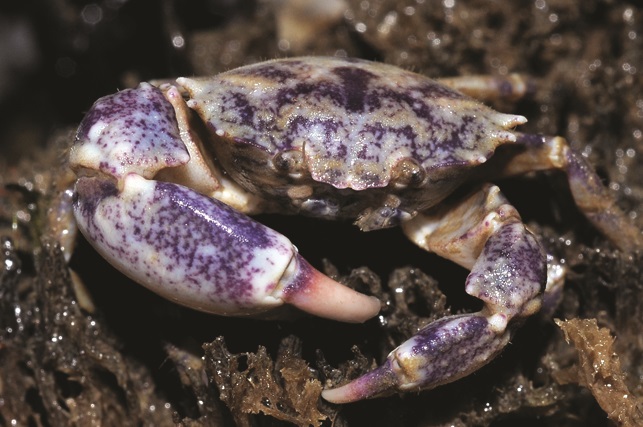
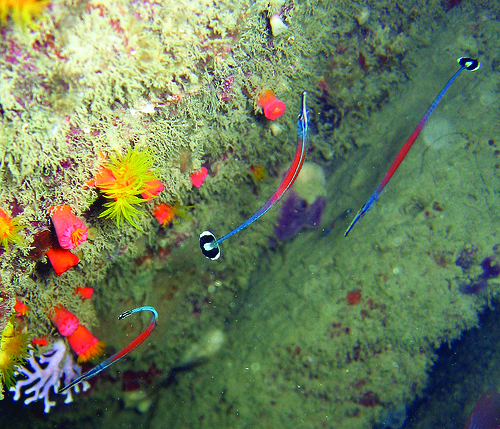
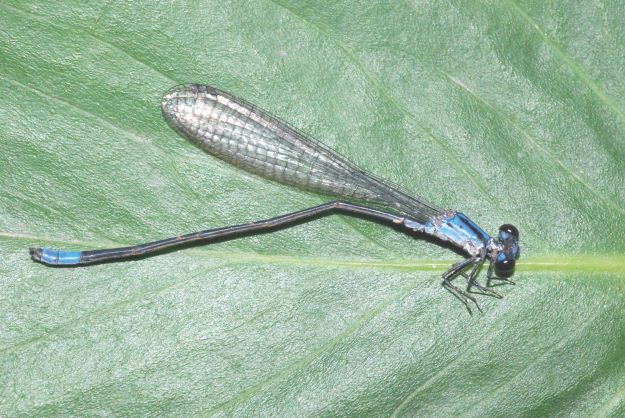
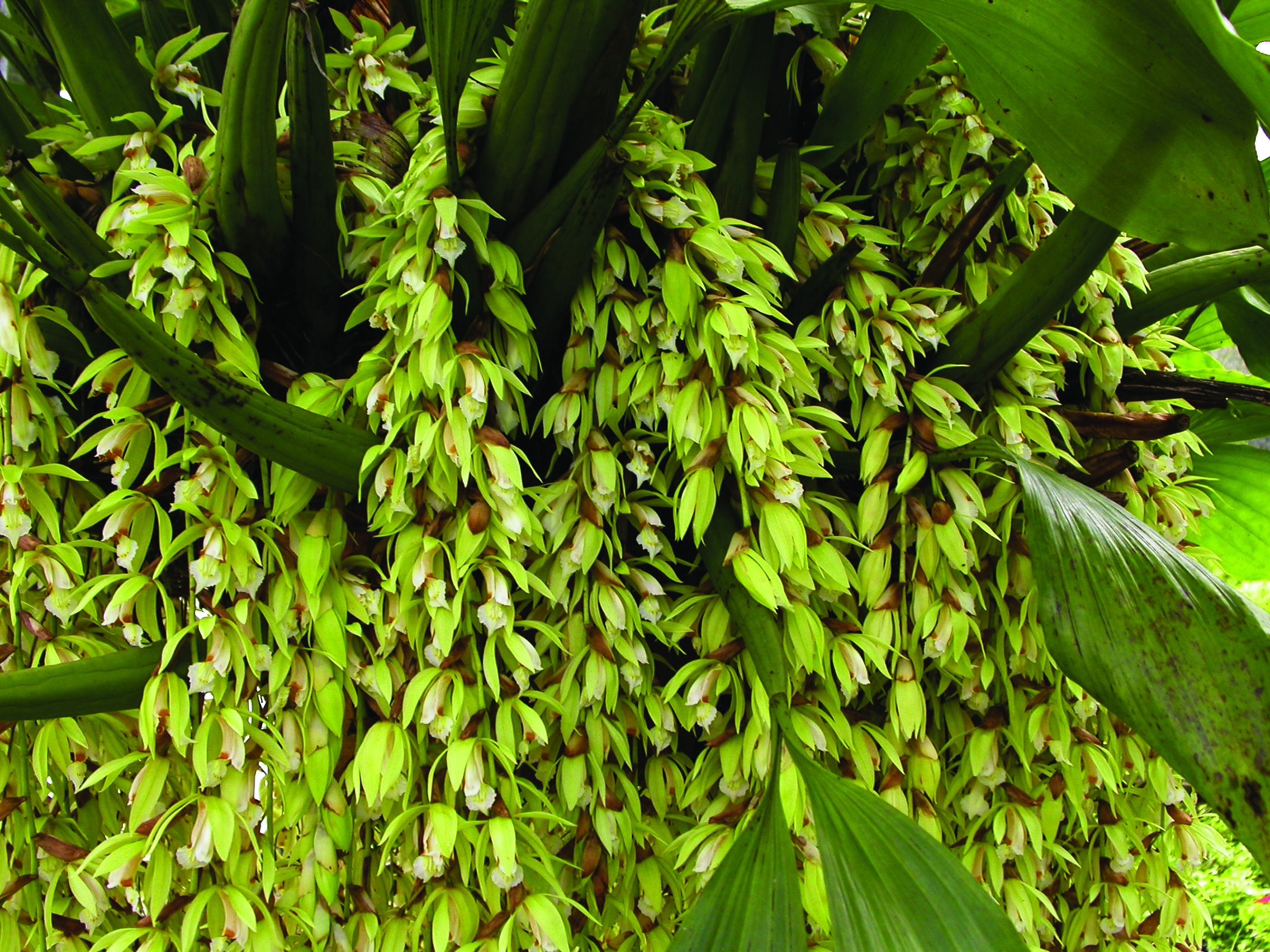
Maintaining the health of the natural environment and biodiversity takes on even greater importance in a highly urbanised city-state like Singapore. Biodiversity – the variety and interdependence of living things that exist on Earth – give us inestimable benefits and help the ecosystems adapt to changes including a wide variety of environmental threats.
The exhibit highlights a decade of milestones in Singapore’s preservation of biological diversity. Some of these include: Singapore’s signing of the International Convention of Biological Diversity (an international treaty behind global conservation programmes) in 1993; the documentation of the framework on biodiversity conservation in the Singapore Green Plan launched that same year; the recommendation of 19 nature areas in 2003; and the establishment of the National Biodiversity Reference Centre in Singapore in 2006.2 Last year, Singapore contributed to the global biodiversity conservation movement by developing the first assessment tool for cities to measure biodiversity – the Singapore index on Cities’ Biodiversity.3
The unrelenting and persevering efforts of our nature enthusiasts and their adventurous tastes for new discoveries have opened our eyes to the natural beauty hidden in our rainforest swamps, mangroves and shorelines. As we celebrate the International Year of the Forest in 2011, we can all learn to protect and value green spaces as both solace for wildlife, and home for us.
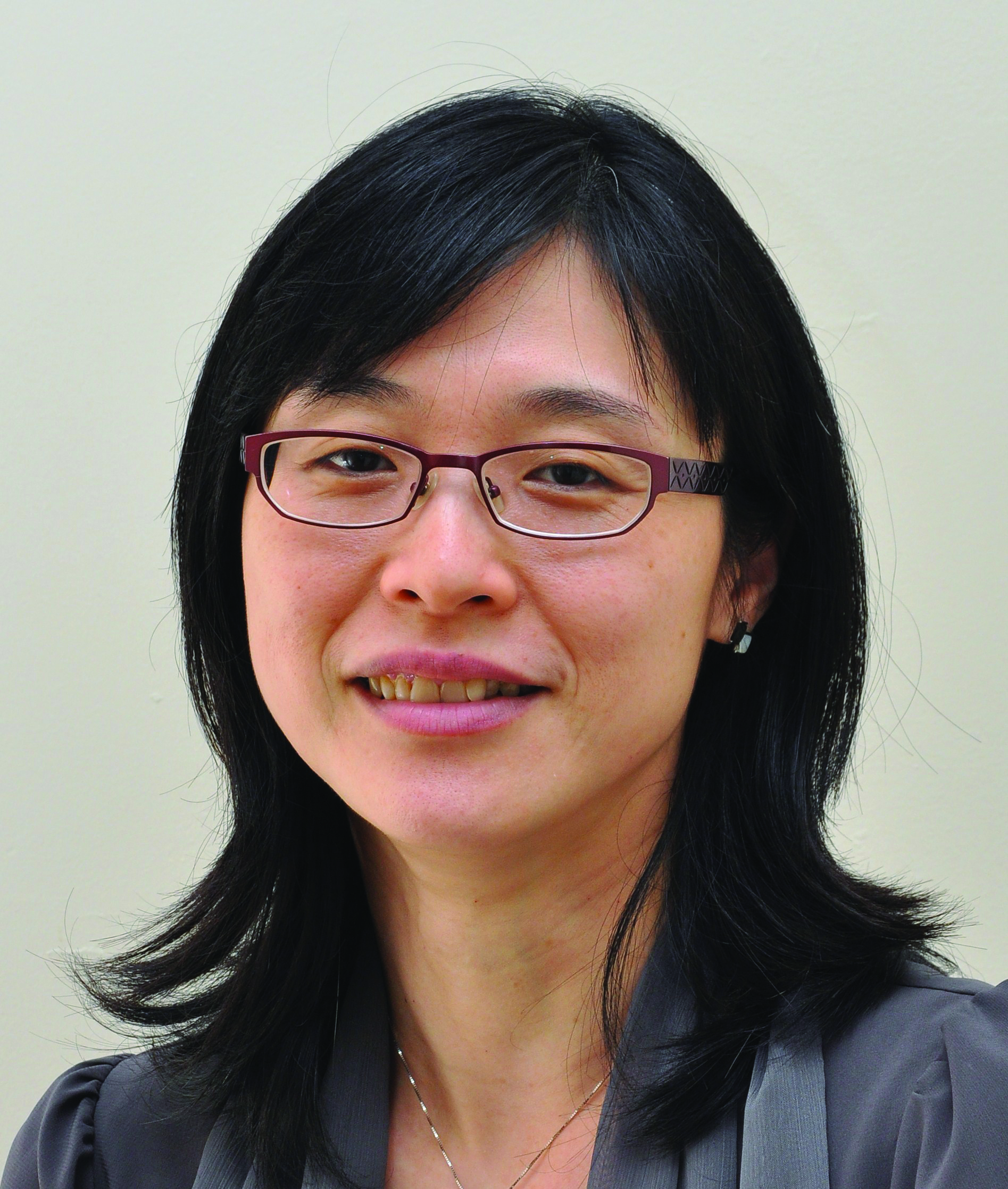
Senior Librarian
Lee Kong Chian Reference Library
National Library
NOTES
FURTHER READING
The National Parks Board also launched a new one-stop integrated portal on plants and animals in Singapore – Flora & Fauna Web at https://www.nparks.gov.sg/florafaunaweb. The portal allows searching and provides information on more than 2,500 plant and 1,000 animal species in Singapore.
Ng, P.K.L., & Corlett, R.T. & Tan, H.T.W. (Eds.). (2011). Singapore biodiversity: An encyclopedia of the natural environment and sustainable development. Singapore: Editions Didier Millet in association with the Raffles Museum of Biodiversity Research. (Call no.: RSING 333.95095957 SIN)
Ngiam, R. (2011). Dragonflies of our parks and gardens. Singapore: National Biodiversity Centre, National Parks Board. (Call no.: RSING 595.733095957 NG)
-
Ang, W.F. et al. (2010). Rediscovery of Dendrobium Aloifolium (Blume) Rchb.f. (Orchidacease) in Singapore. Nature in Singapore, 3, 321–325. Retrieved from National Parks Board website. ↩
-
Scheffers, B.R. et al. (2011). The world’s rediscovered species: Back from the brin? PLoS ONE 6 (7). Retrieved from PLOSone.org website. ↩
-
Walker, M. (2009, October 8). How cities drive plants extinct. Earth News. Retrieved from BBC News website. ↩

